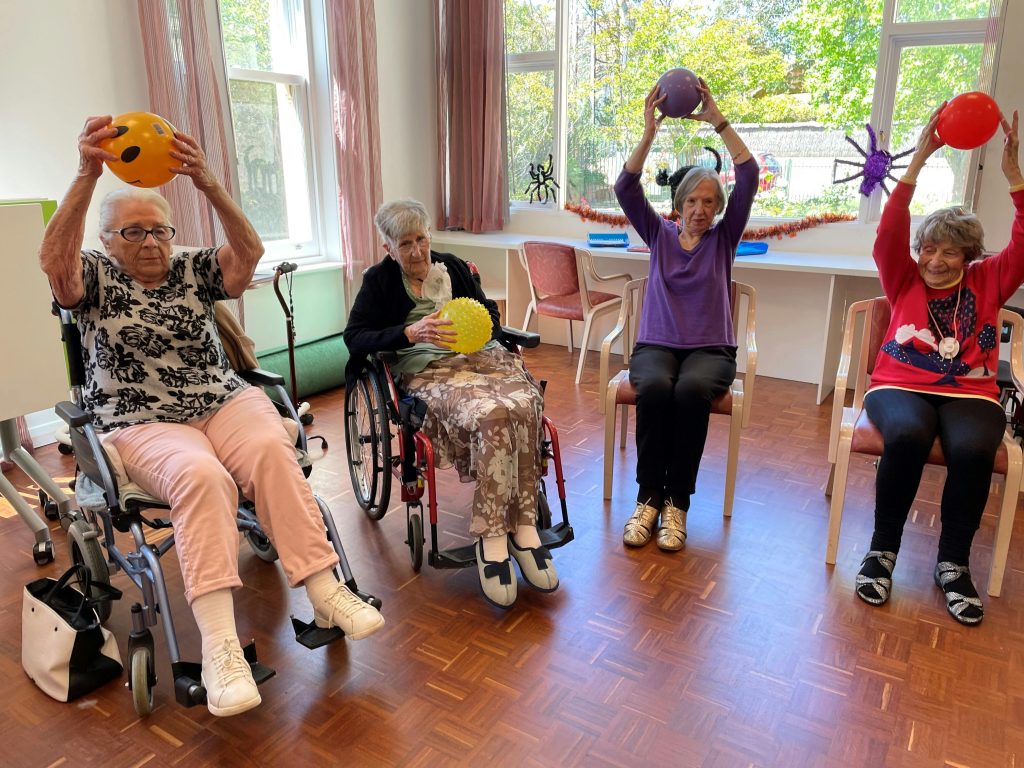In today’s digital age, mastering the art of digital marketing is essential for assisted living facilities aiming to enhance their online presence, attract potential residents, and stay ahead of the competition. Effective digital marketing strategies can elevate the visibility and reputation of your assisted living facility, ultimately leading to increased inquiries, higher occupancy rates, and improved resident satisfaction. In this comprehensive guide, we’ll delve into the key components of digital marketing mastery specifically tailored to the assisted living industry, providing actionable insights and strategies to help you optimize your digital marketing efforts and achieve success.
I. Understanding the Importance of Digital Marketing for Assisted Living Facilities
A. Significance of Digital Marketing
Digital marketing serves as a powerful tool for assisted living facilities to connect with their target audience and showcase the unique value propositions of their services. Consider the following key points:
- Increased Reach: Digital marketing enables assisted living facilities to reach a wider audience beyond their local vicinity.
- Targeted Advertising: Through precise targeting options, facilities can reach individuals actively seeking senior care options.
- Enhanced Engagement: Engaging content and interactive platforms foster meaningful connections with potential residents and their families.
- Measurable Results: Digital marketing campaigns can be tracked and analyzed in real-time, allowing for data-driven decision-making and optimization.
II. Components of Digital Marketing Mastery for Assisted Living Facilities
A. Website Optimization
A well-designed and optimized website serves as the cornerstone of your digital marketing strategy. Ensure the following elements are in place:
Website Essentials Table
| Element | Description |
|---|---|
| User-Friendly Design | A visually appealing and easy-to-navigate website layout that caters to the needs of older adults and their families. |
| Mobile Responsiveness | Optimization for mobile devices to ensure a seamless browsing experience across all screen sizes. |
| Clear Call-to-Action | Prominent placement of contact forms, inquiry buttons, and calls-to-action to encourage visitor engagement. |
| SEO-Friendly Content | Incorporation of relevant keywords and informative content to improve search engine visibility. |
B. Search Engine Optimization (SEO)
SEO Strategies Checklist
- Conduct thorough keyword research to identify relevant search terms and phrases.
- Optimize on-page elements such as title tags, meta descriptions, and headings with targeted keywords.
- Create high-quality, informative content that addresses the needs and interests of your target audience.
- Build authoritative backlinks from reputable websites within the senior care industry.
C. Social Media Marketing
Social Media Strategies for Assisted Living Facilities
- Establish a presence on popular social media platforms such as Facebook, Instagram, and LinkedIn.
- Share engaging content, including resident stories, facility updates, and wellness tips.
- Foster community engagement through interactive posts, polls, and Q&A sessions.
- Utilize targeted advertising options to reach specific demographics and geographic locations.
D. Content Marketing
Content Marketing Tactics
- Develop a content calendar with a mix of blog posts, videos, infographics, and downloadable resources.
- Address common questions and concerns faced by potential residents and their families.
- Showcase the unique amenities, activities, and services offered by your assisted living facility.
- Incorporate storytelling elements to humanize your brand and connect with your audience on a deeper level.
E. Pay-Per-Click (PPC) Advertising
PPC Strategies for Assisted Living Facilities
- Target relevant keywords related to senior care, assisted living, and memory care services.
- Create compelling ad copy highlighting the benefits and features of your facility.
- Utilize ad extensions to provide additional information, such as location, contact details, and reviews.
- Monitor and analyze campaign performance to optimize ad spend and maximize ROI.
III. Measuring Success and Continuous Improvement
A. Key Performance Indicators (KPIs)
KPIs for Digital Marketing Success
| KPI | Description |
|---|---|
| Website Traffic | Monitor the number of visitors to your website and their behavior to assess overall engagement. |
| Conversion Rate | Measure the percentage of website visitors who take desired actions, such as scheduling a tour or contacting the facility. |
| Social Media Engagement | Track likes, shares, comments, and other interactions on social media platforms to gauge audience engagement. |
| Return on Investment (ROI) | Evaluate the effectiveness of digital marketing campaigns by comparing the cost of acquisition to the generated revenue. |
B. Continuous Optimization
- Regularly review and analyze data from website analytics, social media insights, and advertising platforms.
- A/B test different elements of your digital marketing campaigns to identify what resonates best with your audience.
- Stay updated on industry trends, algorithm changes, and best practices to adapt your strategies accordingly.
- Solicit feedback from residents, families, and staff to continually refine and improve your digital marketing efforts.
IV. Conclusion
In conclusion, achieving digital marketing mastery is a journey that requires dedication, strategy, and continuous refinement. By optimizing your website, implementing effective SEO tactics, leveraging social media platforms, creating compelling content, and utilizing PPC advertising, your assisted living facility can elevate its online presence and attract more residents and families. Remember to measure your success through key performance indicators and consistently strive for improvement to stay ahead in the competitive senior care industry. With digital marketing mastery, you can effectively showcase the unique value of your assisted living facility and make a positive impact on the lives of residents and their families.



